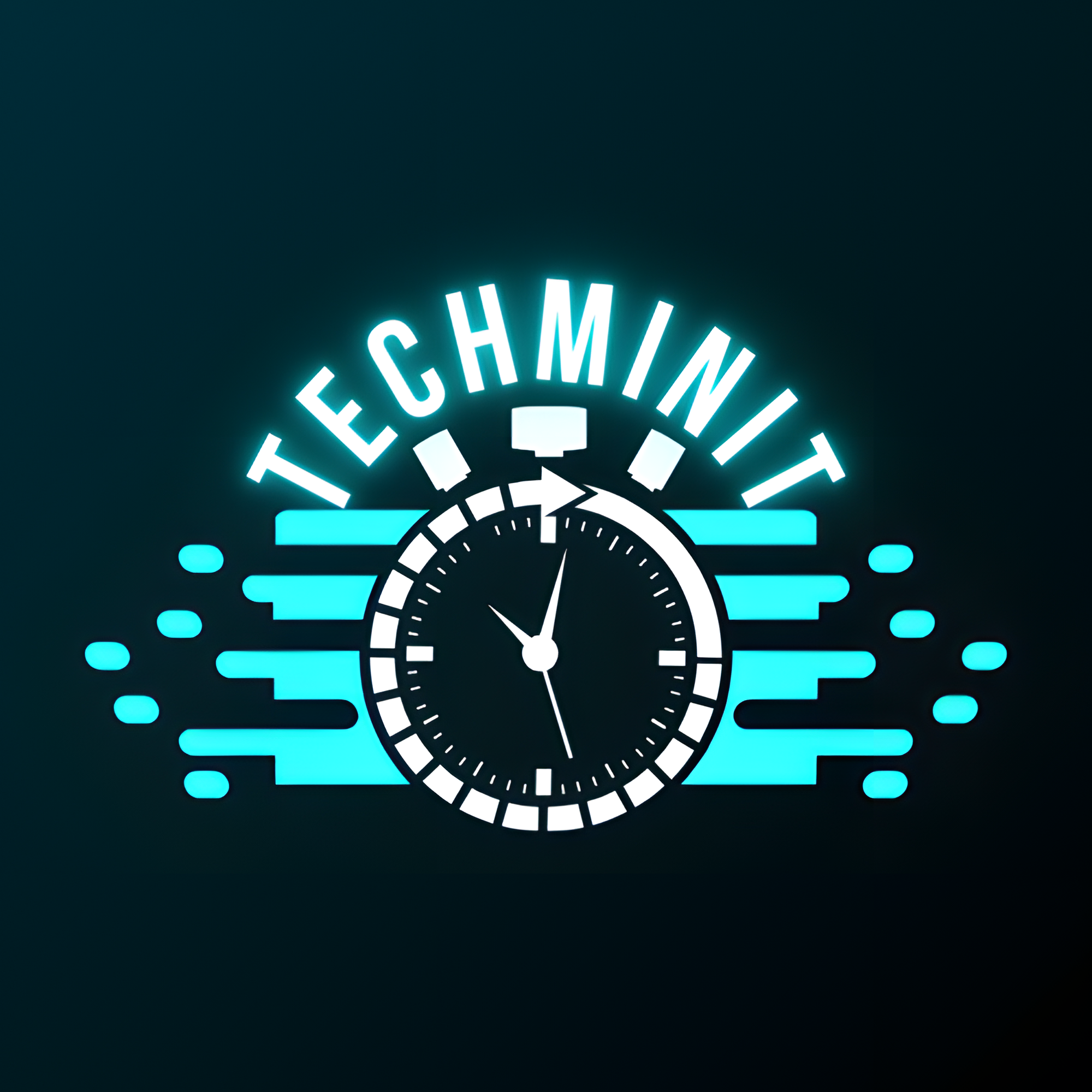Samsung’s imminent entry into the virtual reality (VR) headset arena is about to happen soon. Thanks to a rather revealing leak, the veil has been largely lifted on a device currently known by the codename Project Moohan, giving us a remarkably clear picture of what to expect.
Diving into the specs, it looks like the Galaxy XR is aiming to one-up the competition on pure visual fidelity. It’s reportedly kitted out with two 4K micro-LED displays (per eye), boasting a staggering 4,032 pixels per inch. When you combine both screens, you’re looking at a total of 29 million pixels. That actually puts it ahead of both Apple’s Vision Pro and Meta’s Quest 3, which offer around 23 million.

All the heavy processing will be handled by the Snapdragon XR2+ Gen 2 chip, running One UI XR.

To bring your interactions to life, a whole array of sensors and cameras will handle tracking for your hands, eyes, and the room around you. You’ll find four sensors on the front and two more on the bottom dedicated to hand tracking, while a proximity sensor near the forehead acts as a safety spotter, making sure you don’t accidentally walk into a wall or piece of furniture.



For eye tracking, there are four internal cameras, and they’re getting a helping hand from an AI to make sure your gaze is followed with pinpoint accuracy. The headset also packs in several microphones designed to pick your voice out from the ambient noise. They can even detect when other people are speaking, supposedly making it easier for you to hear them clearly while you’re immersed.

Now, on to the practicalities. Battery life is said to be around two hours with normal use, stretching to about two and a half if you’re just watching videos. As for the weight, the whole system reportedly comes in at 545 grams. That makes it a touch lighter than the Apple Vision Pro, which tips the scales at between 600 and 650 grams.

And for those keen on gaming, it seems the headset will ship with a pair of controllers for more precise hand tracking in virtual 3D spaces. Naturally, they’ll feature haptic feedback to complete the experience.

